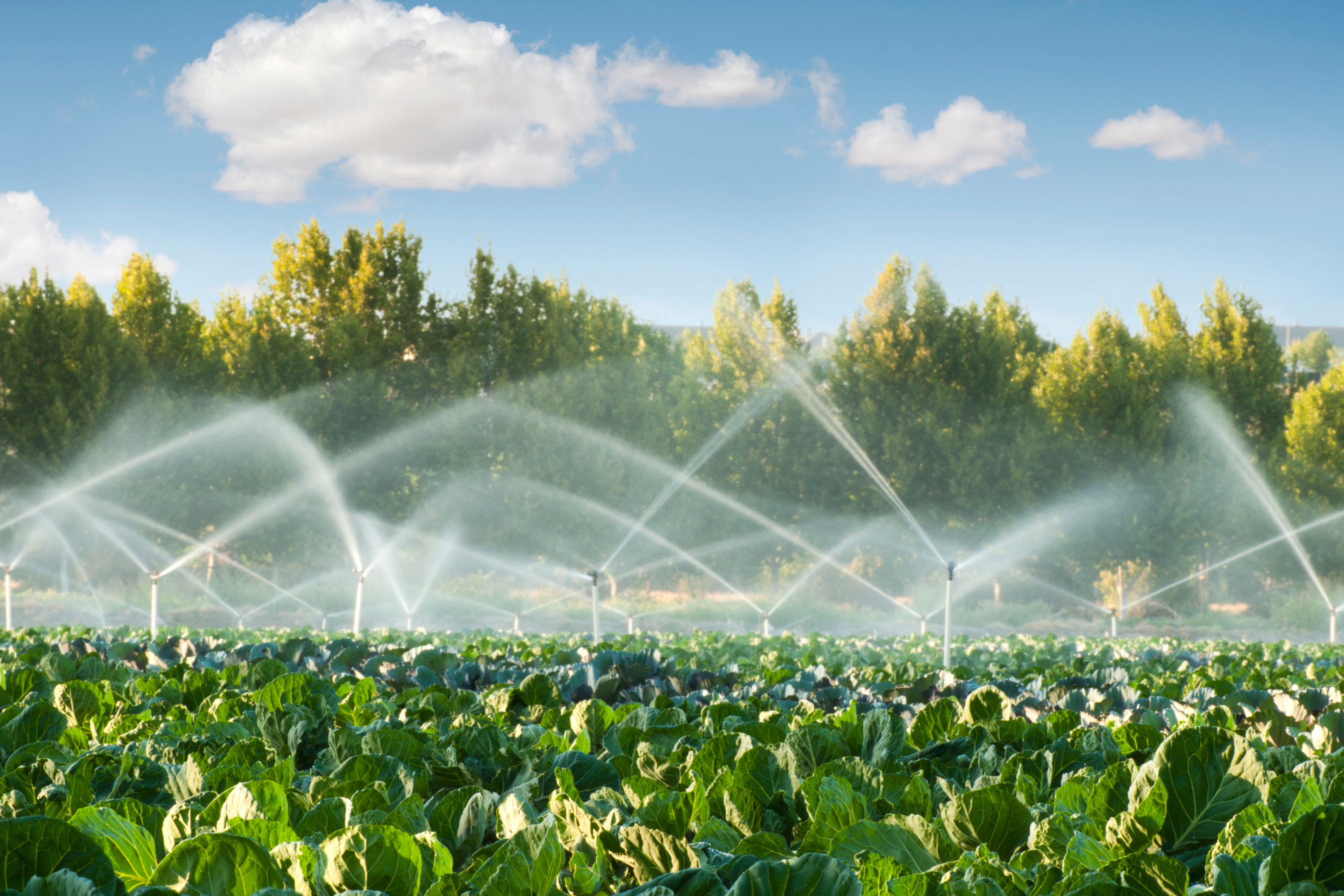
Sprinkler Irrigation: Turning Rain into Science on Your Homestead
When you think of irrigation, you probably picture water spraying over crops like a summer shower—that’s sprinkler irrigation in action. It’s a versatile, efficient way to deliver water to everything from row crops to backyard gardens. For homesteaders and aspiring farmers, sprinklers offer a middle ground between old-school flooding and high-tech drip systems. Let’s explore how this familiar method can keep your fields green and growing.
How It Works
Sprinkler irrigation mimics natural rainfall by pumping water under pressure through a network of pipes to sprinklers or spray heads. Those sprinklers rotate, oscillate, or remain fixed—distributing water in overlapping patterns so that your entire field or garden gets coverage.
Depending on your setup, you might use:
-
Portable sprinklers on tripods or wheels, ideal for small plots or irregular fields
-
Semi-permanent systems with PVC or polyethylene piping laid out in the spring and removed or stored in the fall
-
Center-pivot or lateral-move machines for large-scale operations (more common on commercial farms but sometimes adaptable to bigger homesteads)
Water pressure and sprinkler spacing determine how uniformly water reaches your plants. Too little pressure, and you’ll see dry spots; too much, and you might waste water in runoff.
Pros
-
Flexible coverage: Simple to adjust for different field shapes and crop stages.
-
Good uniformity: Properly designed systems can water evenly and reduce dry patches.
-
Compatibility: Works with wells, ponds, or surface water sources, and can even run on stored water in tanks.
-
Scalable: From a single sprinkler in a garden bed to multi-machine pivots on several acres.
Cons
-
Evaporation losses: On hot, windy days, a significant amount of water evaporates before it even lands on the soil.
-
Equipment cost: Pipes, pumps, and sprinklers can add up—especially if you need a large pump to reach adequate pressure.
-
Maintenance: Heads can clog with sediment or freeze in winter, so regular checks are essential.
-
Soil compaction: High water pressure in one spot can compact soil if you’re not careful with operating times.
Best For
-
Row crops (corn, beans, small grains) and many vegetable gardens
-
Irregularly shaped fields where gravity-flow methods won’t reach every corner
-
Homesteads with either a pressurized well or the budget for a pump system
-
Areas where moderate wind and heat won’t evaporate an excessive amount of water
Equipment Needed & Water Rights
Equipment Needed:
-
Pump or pressurized water source (well pump, pond pump, or connection to rural water)
-
Pressure gauge and filter to keep water flow steady and sprinklers clog-free
-
Mainline pipes (PVC, polyethylene, or aluminum) that deliver water from the source to the field
-
Lateral lines or hoses to reach individual sprinkler heads
-
Sprinkler heads (impact, rotor, or spray-type) sized to your flow rate and field layout
-
Couplings, valves, and risers to control sections of your system and make repairs easier
Water Rights:
Even though sprinkler irrigation often uses groundwater or stored water, you still need to know what you’re allowed to pump or divert.
-
Well permits: If you’re using a groundwater well, check your state’s water resources agency for permit requirements and allowable pumping rates.
-
Surface-water permits: If your water comes from a pond, canal, or creek, you may need a diversion or appropriation permit—especially in western states.
-
Metering and reporting: Some regions require flow meters and annual usage reports for irrigation wells.
-
Local guidelines: Contact your county extension or water district to learn about season-of-use restrictions, especially during droughts.
Homesteader Tips
-
Match sprinklers to wind conditions: On windy days, use larger droplets (rotor heads) instead of fine sprays (spray heads) to reduce drift.
-
Use timers and controllers: Automate your system so you don’t overwater—early mornings are usually best to minimize evaporation.
-
Flush lines before winter: Remove and store portable lines or bleed out water from permanent pipes to prevent freezing damage.
-
Combine with soil moisture probes: Rather than watering on a schedule, check soil moisture and water only when your plants actually need it.
-
Rent pumps when starting out: If a big pump purchase isn’t in the budget, look into agricultural equipment rental to get started.
Sprinkler irrigation can be a “set-and-forget” solution—until you want it to be precise. For homesteaders aiming to balance ease of use with flexibility, sprinklers often fit the bill. With the right setup, you’ll see your garden or fields flourish without wrestling every drop from a ditch or canal.
Up next: Micro-Sprinkler Irrigation: Gentle Rain for Every Plant
Share


